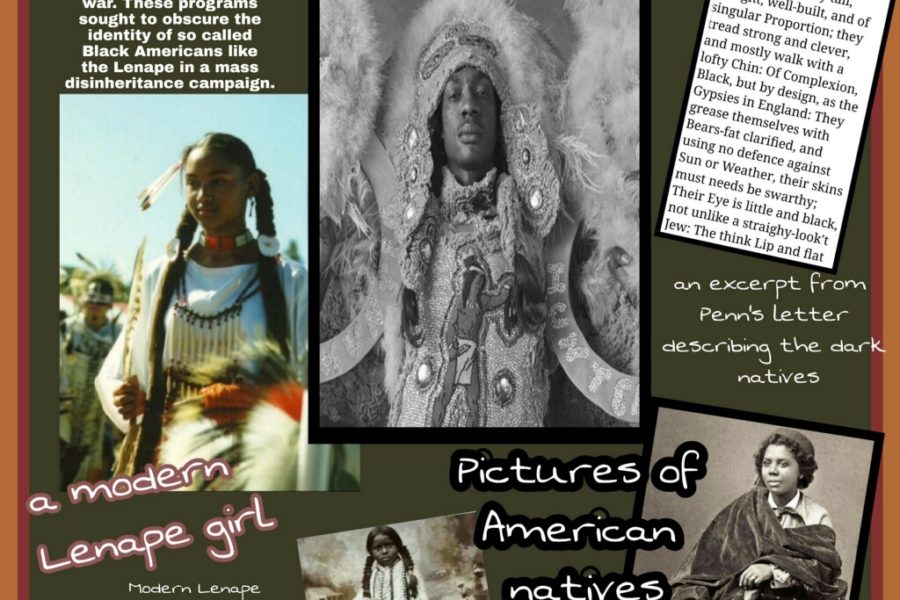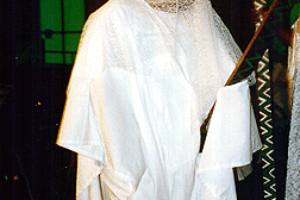
Lenapahoking. That is the ancient name of what is now New York. The natives of the New York harbor territory, including New Jersey, are the Lenape and some records reflect at least a 10,000 year history on the land but still others reflect a prehistoric history. The Lenape named what is now Manhattan, Manahata and the island was always a trading and commerce port. The Lenape had a centralized government and traded furs in addition to other goods with tribes to the south and north as well as through the triangular seaway that stretched the Atlantic to Africa and Europe.The first contact with European
colonist seeking to stay on the land was in 1524. Initial was trade based the exchange of fur but soon became adversarial as colonial forces sought to clear the Lenape off the land. Treaties, like the treaty of Easton, were entered to end the ongoing wars with natives and set up proper compensation for goods and services. Over the next 200 years, the Lenape, heavily weakened from conflict with Europeans and illness brought by colonist, sold Manahata or Manhattan to the Dutch and moved inward to the Ohio valley.

Europeans identified the rich dark skin of the natives they encountered in the Lenape territories of America in several writings on record at the Smithsonian and other museums. The name Indian was a European appellation applied to the natives as they attempted to describe the skin of the people being as dark as an indigo berry used to make ink at the time. William Penn in the 1600’s wrote extensively about the Lenape and their large harvest festivals. He wrote of native medicines, beautiful women and a lively social structure comparing and contrasting Lenape life with that of European society. In a 1683 letter to the society of traders in London, Penn described the Lenape people.






 IleOduduwa.com the Source is ennobling this great culture and language of the Yoruba people is a worthy endeavor to undertake and continue to share with the world it’s rich history, heritage, traditions, culture, and language that is spoken by sixty million people around the world.
IleOduduwa.com the Source is ennobling this great culture and language of the Yoruba people is a worthy endeavor to undertake and continue to share with the world it’s rich history, heritage, traditions, culture, and language that is spoken by sixty million people around the world.